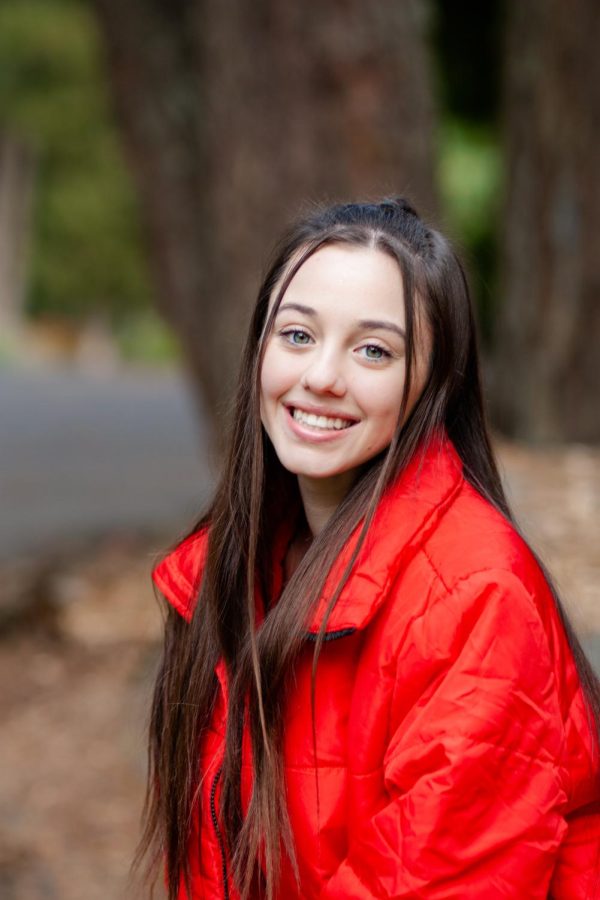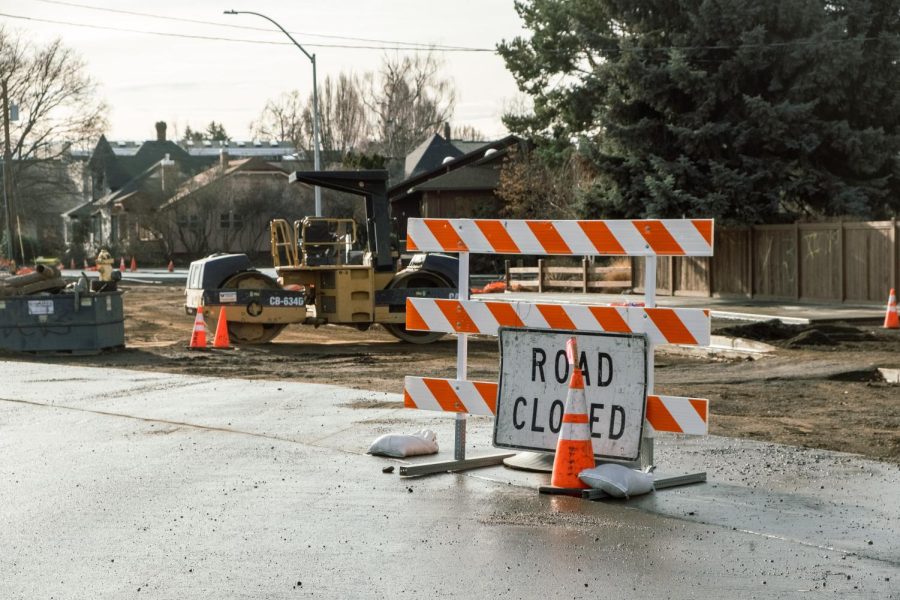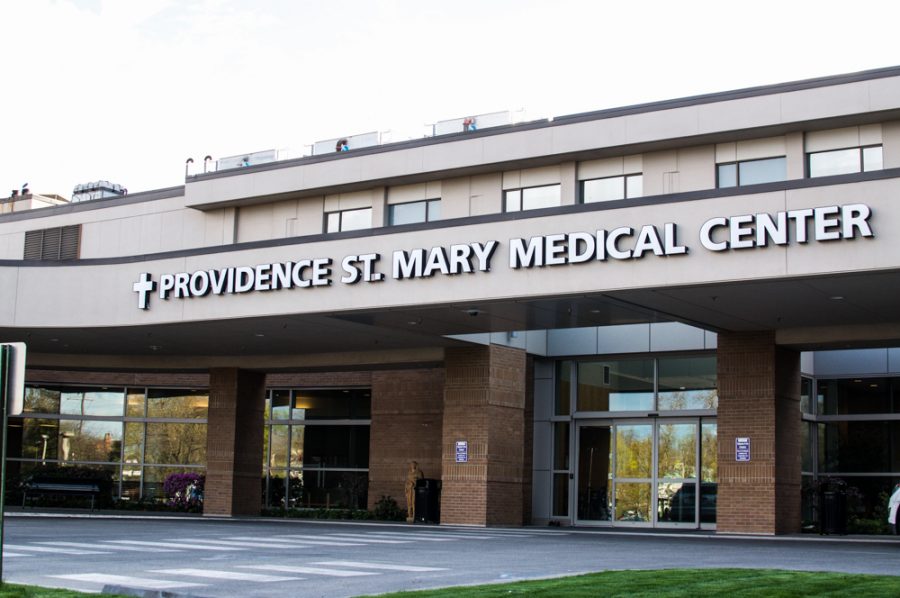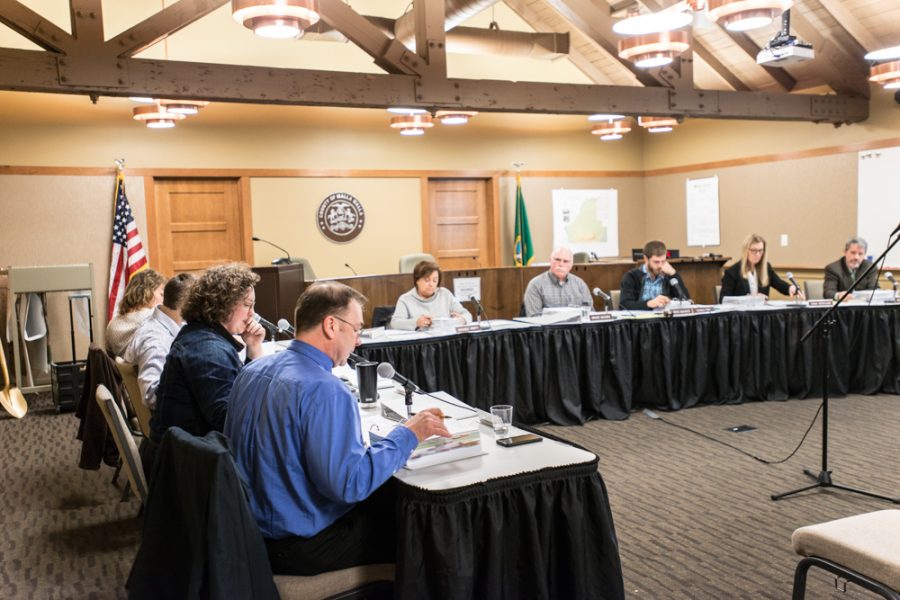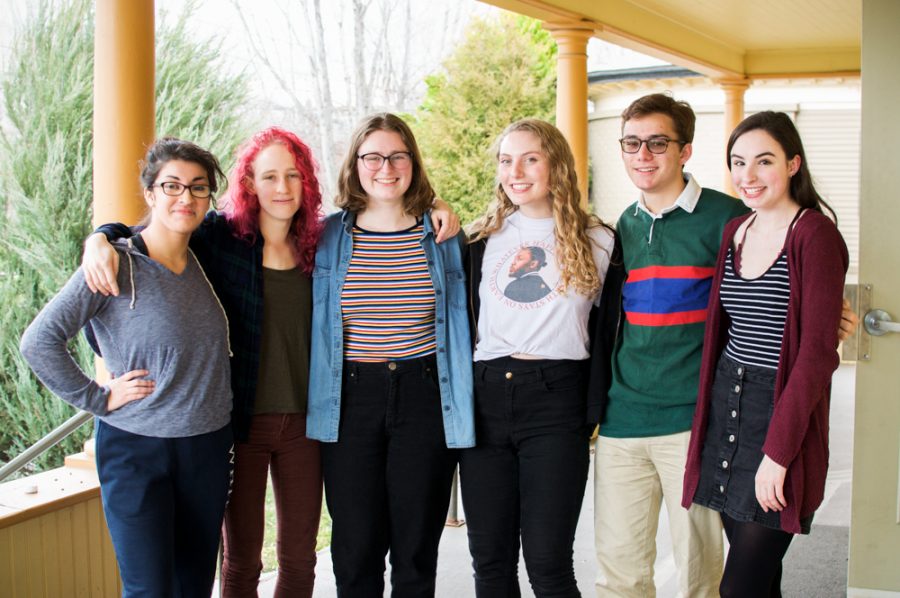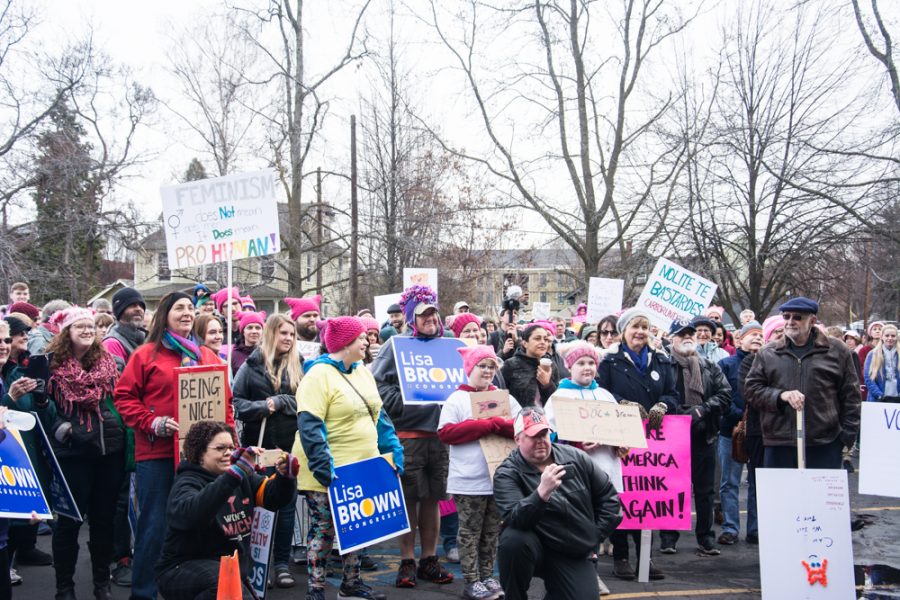Community members met at the First Congregational Church on the corner of S. Palouse St. and E. Alder St. on Tuesday, Feb. 24 to discuss creating Community Gardens in Walla Walla. The meeting can best be described as a collaborative effort. A diverse crowd of more than 70 people gathered to learn about Community Gardens and discuss their potential within Walla Walla.
Emily Deitzman of Welcome Table Farm, Dan Clark of Faith Communities for Sustainability and Ann Finan, a Visiting Assistant Professor of Sociology at Whitman, organized the meeting. Two local organizations dedicated to sustainability, Sustainable Walla Walla and Walla Walla Valley Faith Communities for Sustainability, sponsored the meeting.
Deitzman is a seasoned veteran in establishing and running Community Gardens. She serves as a great resource for locals interested in participating in the local Community Garden effort.
According to Deitzman, the meeting’s goal was to figure out “how to make all of our ideas into some sort of a tangible reality.”
Deitzman also emphasized the wide-reaching effects that Community Gardens can have on a community.
“This is how we can make a difference,” she said. “Not only by learning how to grow good food, but also how to grow good relations.”
“One of the next steps for the Garden is to have an ongoing relationship with the community.”
-Jesse Phillips, ’09
The evening began with a series of presentations by Whitman students in Ann Finan’s “Sustainable Food and Agriculture Class.” Finan hopes to use the community as a classroom by requiring her students to volunteer with or research a Community Garden in Walla Walla.
Finan’s students shared information about the different types of Community Gardens in order to help residents determine which type best suits their needs and abilities.
In a Charity Garden, participants donate grown produce to food banks or other charities. In an Edible Garden, participants grow produce for their own consumption. Schoolyard Gardens are implemented as an educational tool for students, and often double as Charity Gardens. In a Neighborhood Garden, neighborhood residents share the responsibilities of the garden and also share the produce.
Alyssa Breetwor, a first-year in Finan’s class, enjoyed researching the different types of Community Gardens.
“It was interesting to compare the differences and see which ones would be most beneficial to the community members,” she said.
Following the students’ presentations, senior Page Taliaferro discussed the need for Community Gardens in Walla Walla. Taliaferro is involved with Faith Communities for Sustainability, plus, she’s writing her thesis on Community Gardens.
“This type of project would be greatly appreciated and a wonderful contribution to the Walla Walla food banks and community,” Taliaferro concluded.
For a large chunk of the meeting, Dietzman and Clark mediated an open discussion among attendants. Some participants requested help with their existing gardens: others offered to share their gardening expertise with beginning gardeners.
Lina Menard, the Coordinator of the Center for Community Service, reminded meeting attendants that many Whitman students are eager to help.
“If you want strong backs, get in touch,” she said.
After a while, the discussion morphed into one big brainstorming session.
How can interested Walla Walla residents communicate and work together to support local Community Gardens?
Who is going to head up this effort?
What’s the next step?
Meeting participants decided to compile a master e-mail list of interested community members. Alice Bagley of West End Farm volunteered to serve as a sort of communication coordinator for the Community Garden effort. Other meeting participants volunteered to find a meeting spot and time for a follow-up planning meeting.
In addition, the Sustainable Living Center is working to transform their website into an information database of sorts. The website will enable interested community members to share information in a sort of Craig’s list format. In the future, there may even be maps of Walla Walla on the website on which residents can mark their gardens. This could be used to locate empty plots of land or surplus produce for hungry community members.
Whitman has its very own Community Garden: the Organic Garden, located on the corner of Pacific St. and Penrose Ave. Although the Organic Garden remains rather separate from the Walla Walla community, leaders of the Garden are eager to involve non-Whitman students.
According to Jesse Phillips, a leader of the Garden, “One of the next steps for the Garden is to have an ongoing relationship with the community. We really need to get connected: this past summer we had to advertise to give our produce away.”
Sophomore Naomi Gibbs, another leader of the Garden, echoed Phillips’ desire to forge a connection between the Walla Walla community and the Organic Garden.
“We would welcome local families who wanted to come garden and would definitely be more than happy to share what we produce with them if they were to come help,” said Gibbs.
Gibbs also mentioned that neighborhood kids sometimes come and garden alongside Whitman students.
If you have questions about the meeting or are interested in helping other Walla Walla residents create Community Gardens, you can e-mail Alice Bagley at alice.bagley@gmail.com.

